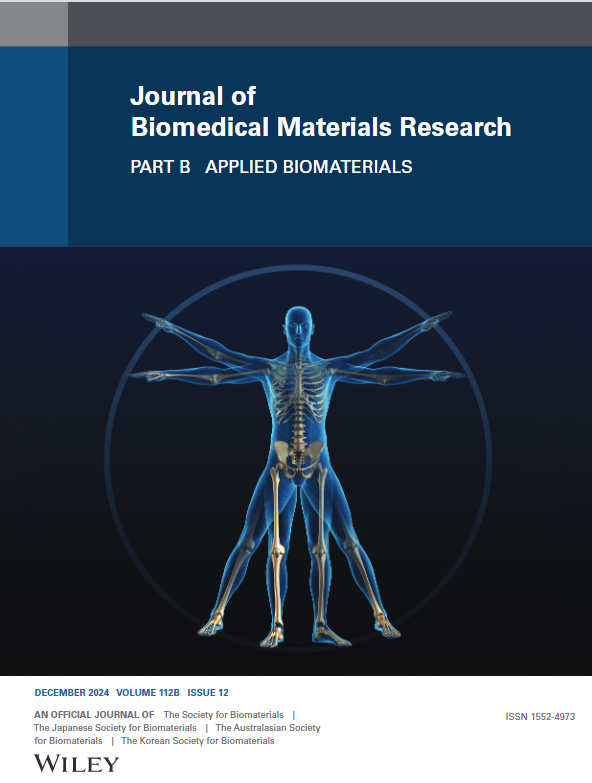Quantification of Empty Lacunae in Tissue Sections of Osteonecrosis of the Femoral Head Using YOLOv8 Artificial Intelligence Model
Abstract
Histomorphometry is an important technique in the evaluation of non-traumatic osteonecrosis of the femoral head (ONFH). Quantification of empty lacunae and pyknotic cells on histological images is the most reliable measure of ONFH pathology, yet it is time and manpower consuming. This study focused on the application of artificial intelligence (AI) technology to tissue image evaluation. The aim of this study is to establish an automated cell counting platform using YOLOv8 as an object detection model on ONFH tissue images and to evaluate and validate its accuracy. From 30 ONFH model rabbits, 270 tissue images were prepared; based on evaluations by three researchers, ground truth labels were created to classify each cell in the image into two classes (osteocytes and empty lacunae) or three classes (osteocytes, pyknotic cells, and empty lacunae). Two and three classes were then annotated on each image. Transfer learning based on annotated data (80% for training and 20% for validation) was performed using YOLOv8n and YOLOv8x with different parameters. To evaluate the detection accuracy of the training model, the mean average precision (mAP (50)) and precision-recall curve were identified. In addition, the reliability of cell counting by YOLOv8 relative to manual cell counting was evaluated by linear regression analysis using five histological images unused in previous experiments. The mAP (50) for the detection of empty lacunae was 0.868 for the YOLOv8n and 0.883 for the YOLOv8x. The mAP (50) for the three classes was 0.735 for the YOLOv8n model and 0.750 for the YOLOv8x model. The quantification of empty lacunae by automated cell counting obtained in the learning was highly correlated with the manual counting data. The development of an AI-applied automated cell counting platform will significantly reduce the time and effort of manual cell counting in histological analysis.

 求助内容:
求助内容: 应助结果提醒方式:
应助结果提醒方式:


